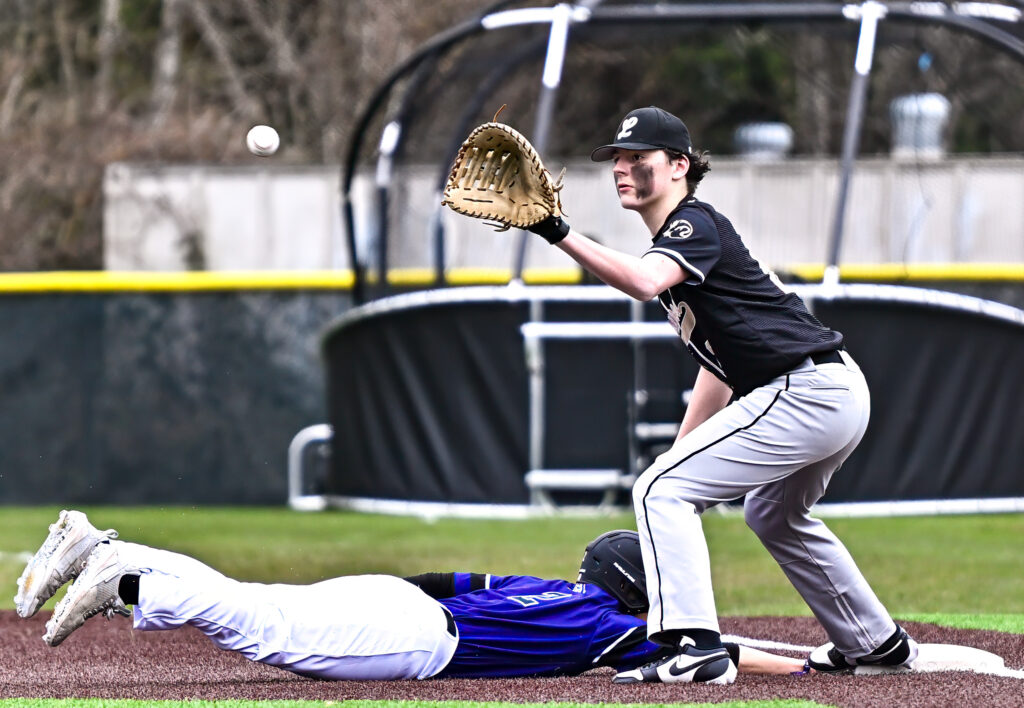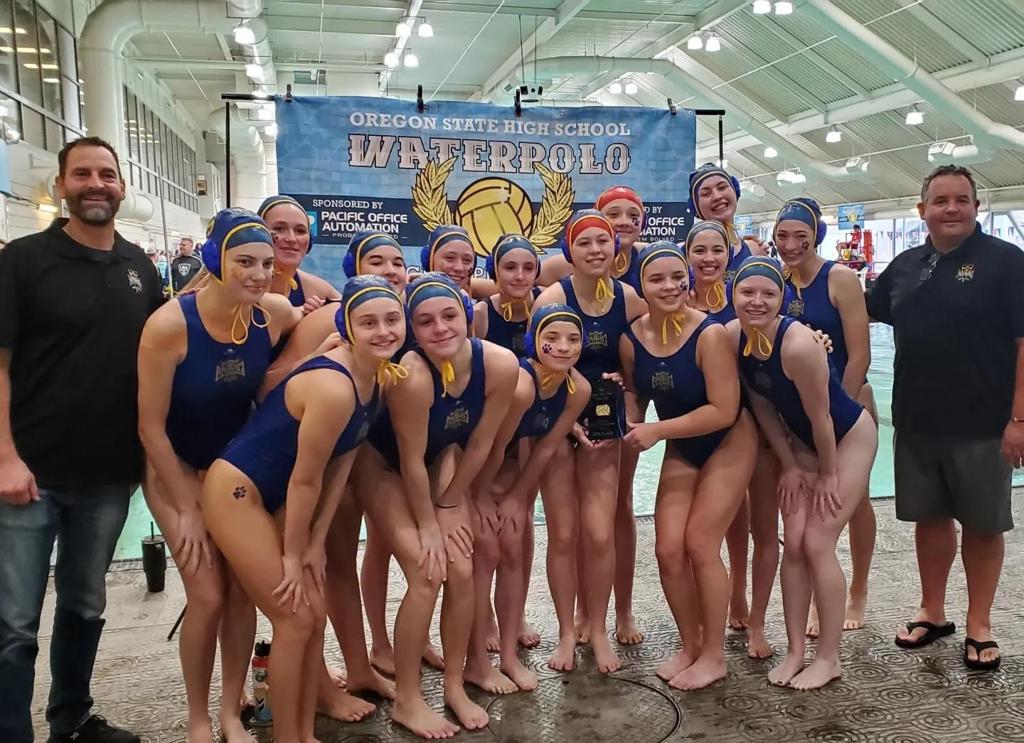College Sports
JALEN MILROE TO SEATTLE…
JALEN MILROE TO SEATTLE 
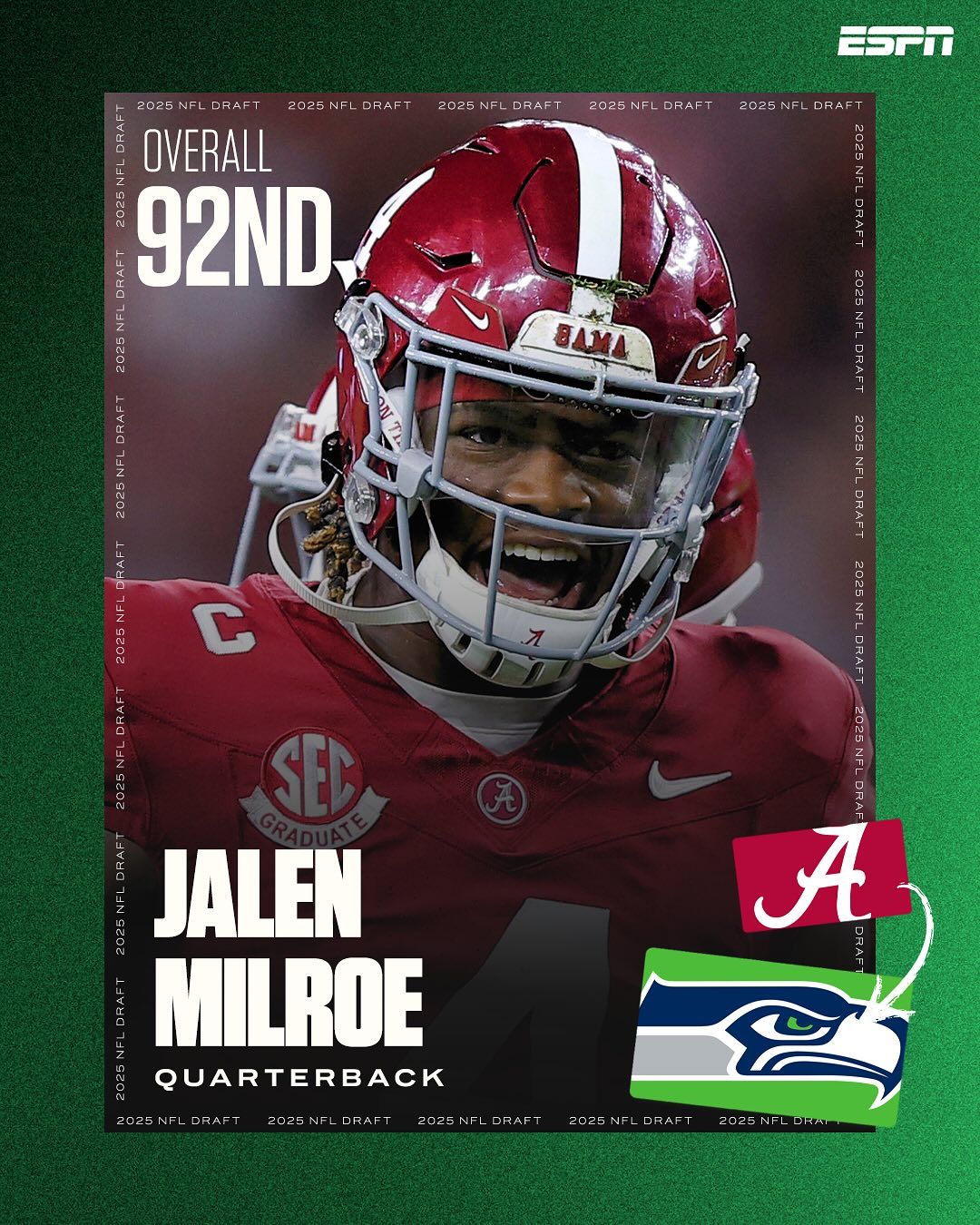
College Sports
Kansas State University
MANHATTAN, Kan. – Highlighted by a school-record eight programs logging perfect single year APR scores, all of Kansas State’s athletic teams met and exceeded the NCAA’s Academic Progress Rate single and multi-year standards for the 14th straight year as the NCAA released its latest Division I APR data from the 2023-24 academic year. Men’s cross […]
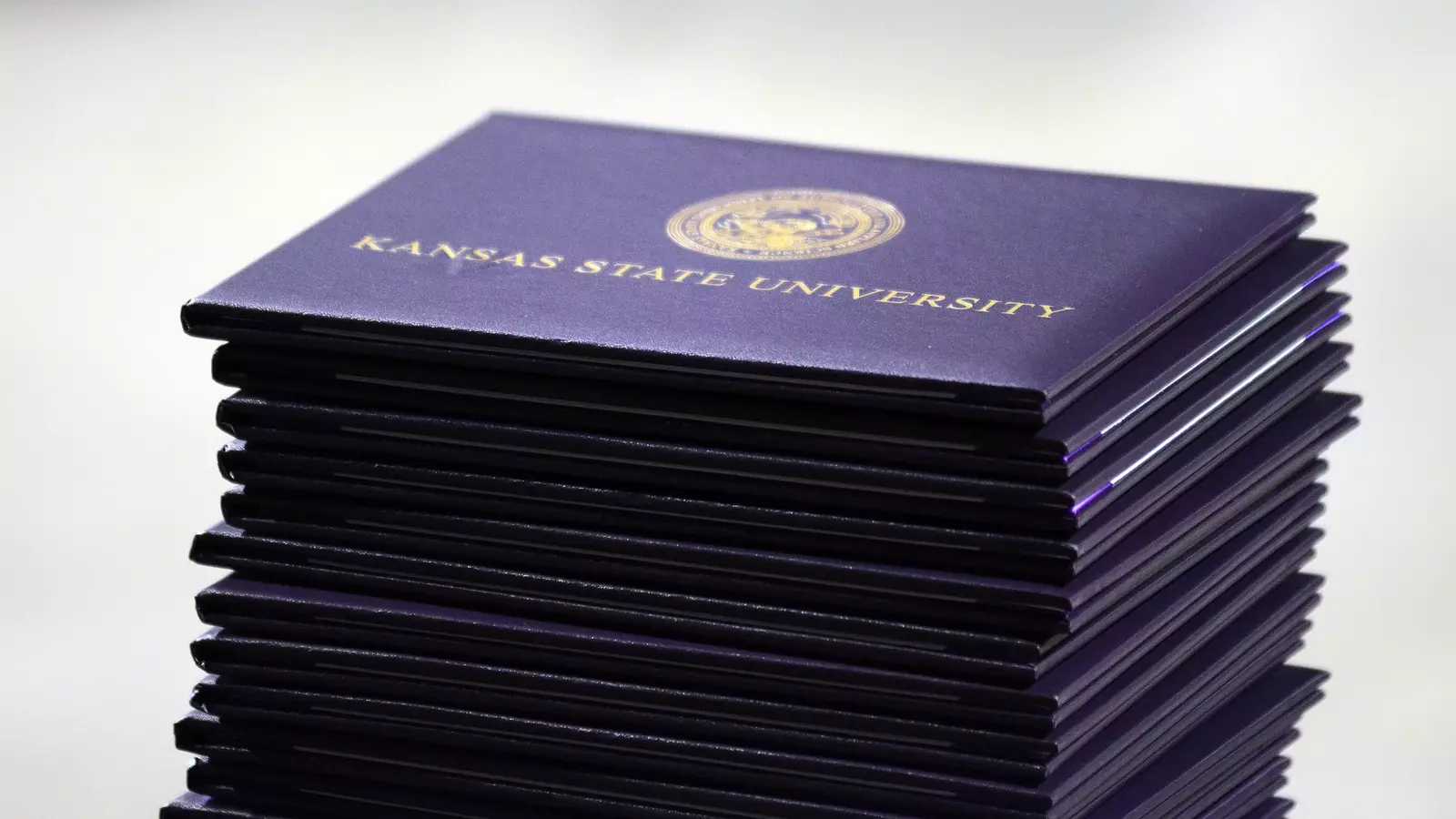
Men’s cross country, men’s golf, women’s basketball, women’s cross country, women’s golf, soccer, tennis and volleyball all recorded perfect 1000 marks for the 2023-24 season. The eight perfect scores outperformed the 2017-18 cohort, which saw seven teams achieve perfect status.
In addition, the multi-year scores (2019-20 through 2023-24) from football (990 – third in Big 12), women’s golf (1000 – first), rowing (992 – fifth), tennis (1000 – first) (995- sixth) and volleyball all were among the best in the Big 12.
The Academic Progress Rate measures the eligibility, retention and graduation of student-athletes competing on every Division I sports team and also serves as a predictor of graduation success. Each year, the NCAA tracks the classroom performance of student-athletes on every Division I team through the annual scorecard of academic achievement, known as APR. The score measures eligibility and retention each semester or quarter and provides a clear picture of the academic culture in each sport. The most recent APRs are multi-year rates based on scores from the 2019-20, 2020-21, 2021-22, 2022-23 and 2023-24 academic years.
For more information on the Academic Progress Rate, please visit the NCAA website at www.ncaa.org.
College Sports
WWE needs to make a Little Jimmy action figure #wwe #wrestling #rtr…
College Sports
Penn State lands top-rated linebacker Campbell out of transfer portal
James Franklin practically put out a public call for linebackers in the transfer portal at the end of spring practice. It didn’t take long for the Penn State coach to land perhaps the top player available. Former North Carolina standout Amare Campbell and his agency announced Tuesday that he will be transferring to Penn […]
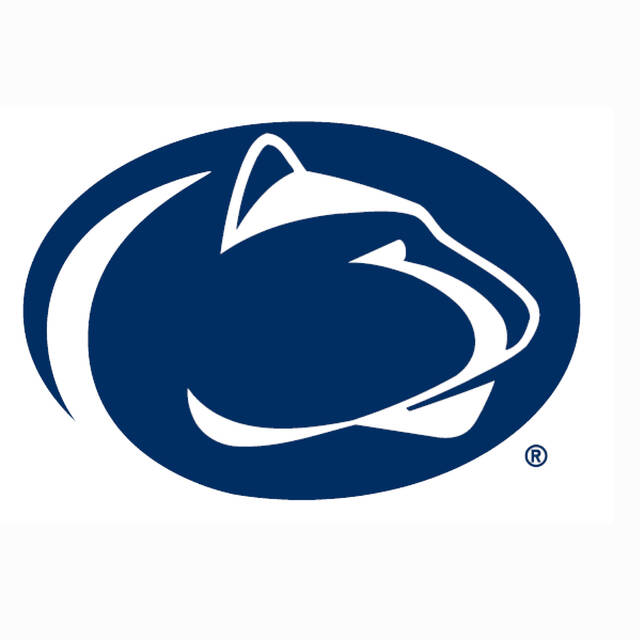
James Franklin practically put out a public call for linebackers in the transfer portal at the end of spring practice.
It didn’t take long for the Penn State coach to land perhaps the top player available.
Former North Carolina standout Amare Campbell and his agency announced Tuesday that he will be transferring to Penn State, helping bolster a position that was in need of a boost for a team that has national title aspirations this season.
Campbell played two seasons for the Tar Heels and has two years of eligibility left. He had a breakthrough sophomore campaign in Chapel Hill, racking up 76 tackles, 10.5 for loss and 6.5 sacks.
With a relatively diluted talent pool in the portal during the spring period — most of the impactful transfers come in the winter — Campbell was ranked the top available transfer player in the On3 Industry Rankings.
Regardless, the Nittany Lions were looking for a ready-to-play prospect at the position, especially after losing Ta’Mere Robinson to Big Ten rival USC last month.
“We’re not a big portal team, but we’re going to have to address some issues,” Franklin said after April’s Blue-White Game. “So if there is a linebacker out there that wants to come and be a part of our program and play for LBU, the most historic linebacker program in the history of college football, there’s an opportunity here to join the room and compete. So we will look at that.
“I think we got enough in the room, but to get through an entire season if we get some injuries, it could get challenging. So we’re going to look at the portal and see if we could find a solution.”
Campbell appears to fit the bill, joining returning starters Tony Rojas and Dominic DeLuca. Under new defensive coordinator Jim Knowles, the Lions are likely to have two linebackers on the field more often than three, but there will be matchups where that might not be the case — an October trip to Iowa comes to mind.
College Sports
NCAA’s House settlement revised in hopes of placating judge; her decision could shake up college sports forever
The NCAA and power conferences are revising rules around roster limits in hopes of appeasing a federal judge. According to a filing made Wednesday in the House settlement case, schools will be permitted to grandfather-in a range of athletes: (1) those currently on a roster; (2) those athletes who have already been cut this year; […]
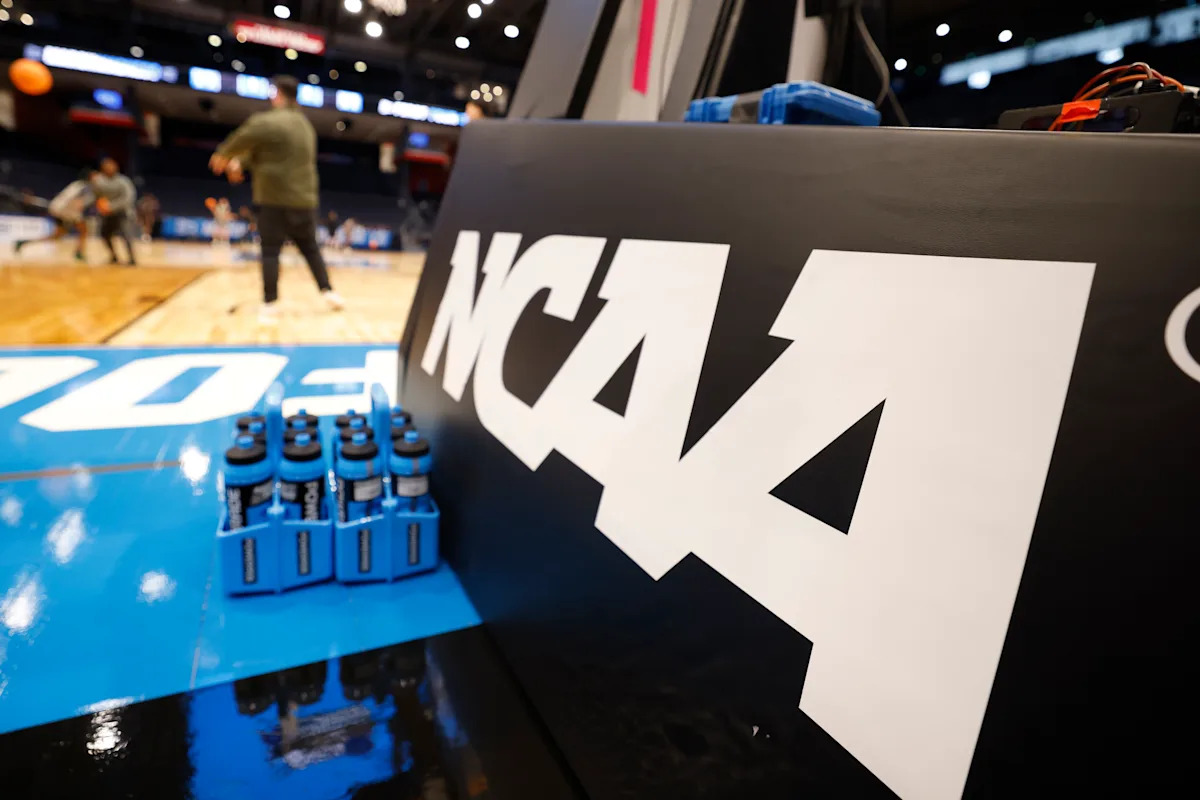
The NCAA and power conferences are revising rules around roster limits in hopes of appeasing a federal judge.
According to a filing made Wednesday in the House settlement case, schools will be permitted to grandfather-in a range of athletes: (1) those currently on a roster; (2) those athletes who have already been cut this year; and (3) those high school recruits who enrolled at a school after committing to a roster position only to see it eliminated. As Yahoo Sports reported last week, the revision is not mandatory but is at each school’s discretion — a move that is seen as a compromise from the power leagues to the judge’s wishes.
Advertisement
The grandfathered-in athletes are exempt from roster limits at any school in which they participate. For instance, if their current school chooses against retaining them, those athletes who qualify to be grandfathered-in can transfer and remain exempt from their new school’s roster limits.
As part of the revision, a school would be expected to track their protected/grandfathered-in roster spots with a rolling list of exceptions. Those protected athletes would presumably roll off the exception list as their eligibility expires. These exceptions would permit a school to exceed roster limits tied to the settlement.
It remains unclear if California Judge Claudia Wilken will accept the changes and approve the House settlement — a landmark agreement that would usher into the industry direct revenue sharing with athletes starting July 1. In the latest chapter of a winding, year-long effort to gain approval of the settlement, Wilken ordered the parties — the defendants (NCAA and power leagues) and plaintiff attorneys — to revise one of the most-criticized portions of the settlement agreement: new roster limits, a concept that stands to cost thousands of players their roster spots.
Wilken gave attorneys two weeks to amend the roster limits, recommending a phasing-in and/or grandfathering-in concept to protect spots for those athletes on existing rosters. During the course of several meetings this week, executives from the Big Ten, SEC, ACC and Big 12 agreed to a grandfathering-in model, but one that is optional for schools — a decision that comes with risk and one that is expected to elicit public pushback from a group of attorneys and athletes who have objected to the roster limits.
Advertisement
These objectors — most notably attorneys Laura Reathaford and Steve Molo — may hold influence over the judge’s decision. In her order on April 29, she required the NCAA and power leagues to negotiate with the objectors through a mediator in reaching a compromise on revisions to roster limits. The optionality of the roster limits is expected to be a point of contention with the objecting attorneys who hoped for a mandatory phasing-in concept or a delay in the roster limit implementation, according to those familiar with the negotiations.
However, a mandated protection of roster spots means exceeding existing policies. According to current NCAA rules, roster spots are not guaranteed or protected like scholarships.
Will Judge Claudia Wilken approve the NCAA-House settlement? (Rick Osentoski-USA TODAY Sports)
(USA TODAY Sports via Reuters Connect / Reuters)
A decision on the settlement now rests with Wilken, the 75-year-old presiding judge who holds the power to bring a windfall of billions of dollars to current and future athletes in revenue sharing as well as $2.8 billion in back-pay to former athletes.
Advertisement
If the settlement is approved — she can make a decision whenever she pleases — it will trigger a planned rollout of the revenue-sharing concept or, if denied, would further thrust the industry into upheaval as schools scramble to compensate athletes without the legal protection and rules of the settlement.
It’s not clear if Wilken will, for a second time, offer attorneys another chance to revise the settlement agreement.
A denial would be a historically stunning move from a judge who just recently described the settlement as “good.” Such a decision could jeopardize the sustainability and future of college athletics under the umbrella of the NCAA and further sink college sports into uncertainty around athlete compensation.
For months now, industry leaders have made decisions with the assumption of settlement approval. The NCAA and power leagues spent a significant amount of time and resources on a new framework and enforcement entity to regulate the revenue-sharing concept. Schools have been bracing to share upwards of $20 million annually with their athletes. They created revenue-sharing agreements, signed athletes to them and expected to begin payments July 1.
Advertisement
A settlement denial may not change those plans.
More than a half-dozen state laws permit schools to directly pay college athletes — legislation likely purposely proposed as a backup plan if the settlement crumbled. Several athletic administrators who spoke to Yahoo Sports expect to soon begin paying athletes using their state laws if the settlement is denied — a way to skirt NCAA rules that, currently, prohibit direct payments.
“What can the NCAA do about it?” asked one power conference athletic director.
“We’ve all built our budgets going forward for rev-share,” says another AD. “Those that don’t have state laws will get one immediately.”
Advertisement
The new enforcement entity, built by the power conferences to regulate the revenue-sharing concept, is likely to continue to manage and oversee school payments to athletes. The entity featured a cap-management system and a clearinghouse charged with scrutinizing booster-backed NIL agreements with players.
However, any college compensation system would face a grim reality: It is not protected by a legally binding settlement agreement to enforce rules and regulations.
A denial by Wilken would also launch the case into what is likely to be a years-long court battle.
It’s the exact thing the NCAA and its richest, most influential conferences wanted to avoid. Unsuccessful in so many legal battles recently — most notably a 9-0 loss in a 2021 Supreme Court decision — college leaders struck the settlement as a way not to risk a court defeat that might cost them as much as $10 billion.
Advertisement
But one final option looms: Congressional action.
Would lawmakers, if the deal is denied, be more open to producing legislation to provide the NCAA and power conferences with a more regulated compensation system? Though five U.S. senators have been meeting regularly in serious negotiations over legislation, no agreement has been reached. U.S. President Donald Trump has told college stakeholders that he plans to get involved, and U.S. Sen. Tommy Tuberville recently revealed that Trump was at least exploring an executive order related to college athletics.
A settlement denial may also extend a chaotic period.
Advertisement
Schools have spent the last few weeks hurriedly signing basketball and football players in a desperate attempt to strike deals before the settlement’s approval. Contracts signed before the presumptive settlement approval and paid out before July 1 are not subject to the newly created NIL clearinghouse or rev-share cap, leading to a “mad dash” in the basketball and football portal.
Though the portal windows have closed, the enforceability of the portal is in question after a Wisconsin football player in January transferred to Miami outside of the portal window and after signing a revenue-share contract with the school.
College Sports
Goodbye Pairwise, Hello NPI : College Hockey News
May 7, 2025 PRINT CHN Staff Report College hockey’s venerable Pairwise system will soon be replaced with something called the NCAA Percentage Index, or NPI. That transition has been in the works over the couple of years, and it looks like the NCAA Men’s Ice Hockey Committee is ready to officially make the change. The […]
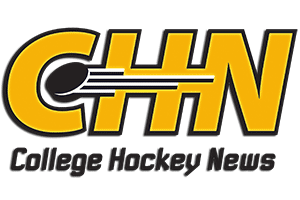
![]()
PRINT
CHN Staff Report

College hockey’s venerable Pairwise system will soon be replaced with something called the NCAA Percentage Index, or NPI.
That transition has been in the works over the couple of years, and it looks like the NCAA Men’s Ice Hockey Committee is ready to officially make the change.
The final makeup of the formula is still being worked out, but expect the new system to be in place by the coming season.
The Pairwise has seen many changes to its makeup over the last 30-plus years it’s been used, but at heart, it’s a hands-off, deterministic method of selecting the field for the NCAA Tournament. Plus the parameters into the computer, and it spits out a ranking. Though the criteria that goes into the Pairwise has been tweaked over the years, at the end of the day, the criteria is set in stone before the season starts, and no subjective opinions are used in selecting the field.
In that regard, nothing changes. Instead, the NPI essentially replaces the RPI, and will be used exclusively without any other criteria. RPI is just one component of the Pairwise, but over the years, its importance has grown with the elimination of other criteria. And any philosophical choices — such as weighting road wins more than home wins, overtime weights, factoring “quality wins,” and so on — were just rolled into the RPI.
The same will hold true of the NPI, which will also consider all of those factors. Gone will be the final holdover criteria from the Pairwise — namely Record vs. Common Opponents, and Head-to-Head record. Those criteria had minimal importance in recent years, and rarely played a factor.
• Pairwise Primer and Timeline of Changes
• History of the Pairwise
As for the bottom line, don’t expect much to change. The difference between NPI and RPI is enough to move the needle one place or two for some teams, which could obviously have some impact on which team makes the NCAA Tournament, but there won’t be a drastic difference.
The Committee is still currently working through how to weigh the various factors that will go into the NPI calculation, though again, those were already considerations in calculating the RPI as well. It’s possible the home-road weighting will be changed from the current 80/120, and OT weightings changed from the current 67/33. Those things are still to be determined.
There has also been a proposal to eliminate the home/road weightings when it comes to conference tournament playoff games. That will be discussed, but it’s uncertain how much backing it has.
At its root, NPI is made up of 25 percent your own record, while the other 75 percent is “strength of schedule.” The SOS is determined from an iterative algorithm, similar to what the College Hockey News Power Ratings (KRACH) uses.
NPI is used in women’s hockey as a replacement for RPI, but women’s hockey still uses a Pairwise with other components.
Other sports have also transitioned away from RPI to NPI in recent years, with each sport making its own tweaks. RPI was first created by the NCAA in the early 1970s.
College Sports
Cowgirl Golf clinches fifth-straight trip to NCAA Championship
Gold Canyon, Ariz. – Oklahoma State qualified for its fifth consecutive NCAA Women’s Golf Championship on Wednesday afternoon following a third-place finish at the Gold Canyon Regional. Three golfers placed among the top eight individually for OSU, which shot 3-over (291) for the day and 2-over for the tournament to finish 22 strokes ahead of […]
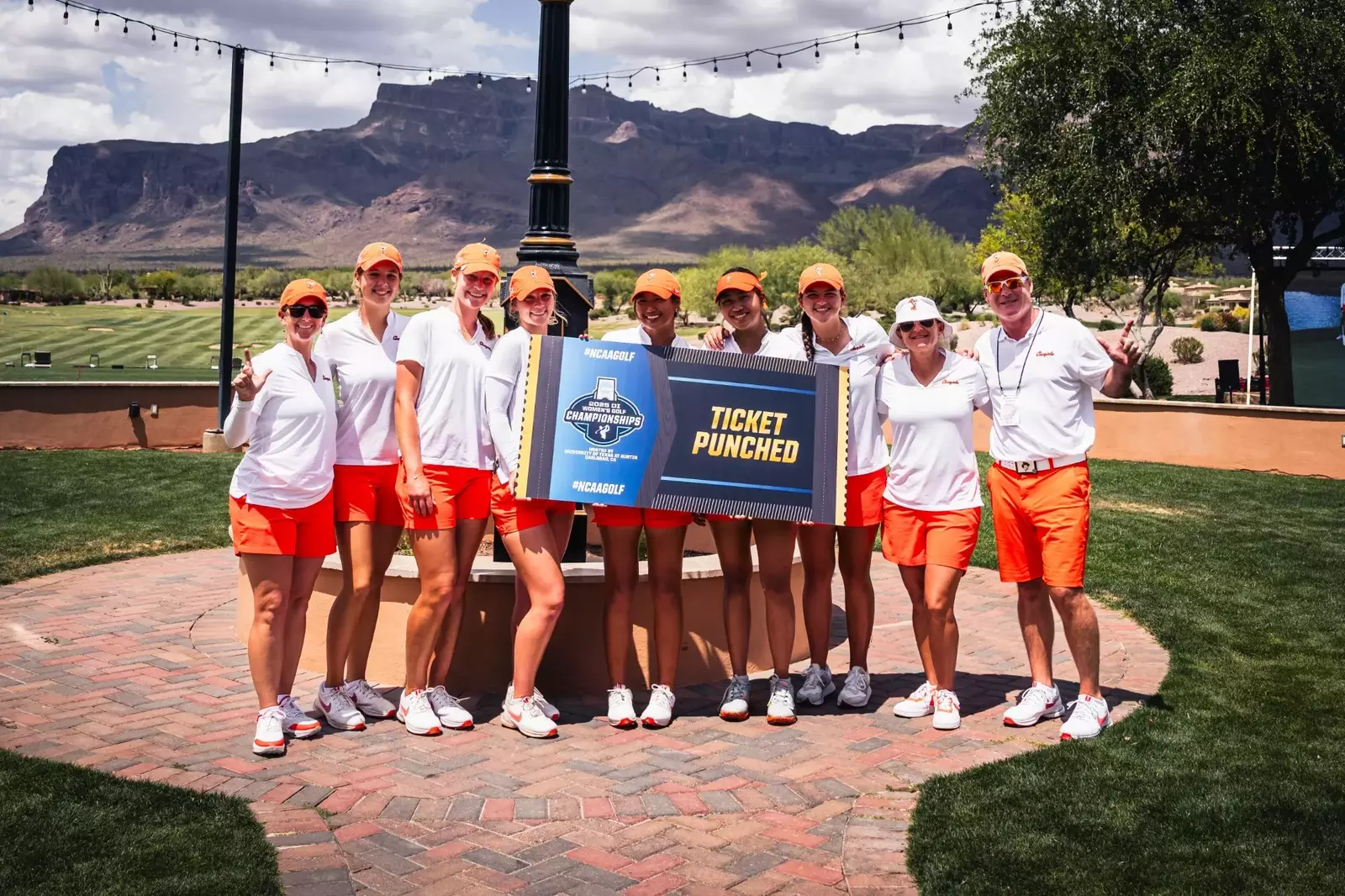
Three golfers placed among the top eight individually for OSU, which shot 3-over (291) for the day and 2-over for the tournament to finish 22 strokes ahead of the cutline and grab one of five spots in next week’s championship.
“We’re so proud of this young team,” head coach Greg Robertson said. “They’ve grown up and matured quite a bit throughout this year to get to where they are now. A big part of that is the work from Maddi Swaney and Annie Young, two of the best coaches in college golf. They were both the designated coaches each round at the Big 12 Championship and this week at Regionals. They, along with the players, did a tremendous job. Now the focus for the next week will be getting prepared for NCAAs.”
The Cowgirls will be making their 33rd all-time appearance in the NCAA Championship, scheduled for May 16-21 at the Omni La Costa Resort and Spa in Carlsbad, California, with live coverage of the final three days available on the Golf Channel.
OSU’s run of five straight appearances is its longest since 2010. It will be the eighth consecutive trip for the duo of Robertson and Swaney, dating back to their time at Kent State.
The Cowgirls (866) finished 14 strokes behind team champion, No. 5 Oregon (852) and five strokes behind the hosts, eighth-ranked Arizona State (861). Mississippi State (875) and Cal State Fullerton (887) claimed the other two spots, edging out Auburn (888), San Jose State (890) and California (892).
The Cowgirls dominated the lengthiest holes a Superstition Mountain Golf and Country Club, going a tournament-low 11-under (4.82 stroke average) on par 5s for the week. In addition, OSU carded two eagles and 185 pars, both the most in the 12-team field.
35th-ranked Grace Kilcrease was the Cowgirls’ top finisher, tying for third-place. It was the junior’s third consecutive top-10 regional finish going back to her time at Tulsa.
Sophomore Ellie Bushnell earned her best finish of the season with a tie for sixth place at 1-under par. She had the second-best par-5 scoring average among the field (-6, 4.50).
Marta Silchenko earned her second top-10 regional finish in as many years, with a tie for eighth place at even par.
The two freshmen, Tarapath Panya and Summer Lee, closed out their first postseason experience with a T41 and T33, respectively. Lee carded her second eagle of the season on hole No. 13.
For season-long coverage of Oklahoma State women’s golf, visit okstate.com or follow @Cowgirlgolf on social media.
Team Leaderboard:
1. Oregon (-12) — 289-282-281 = 852
2. Arizona State (-3) — 286-290-285 = 861
3. Oklahoma State (+2) — 287-288-291 = 866
4. Mississippi State (+11) — 291-294-290 = 875
5. CSU Fullerton (+23) — 304-292-291 = 887
6. Auburn (+24) — 289-305-294 = 888
7. San Jose State (+26) — 306-295-289 = 890
8. California (+28) — 303-296-293 = 892
9. Virginia Tech (+38) — 304-306-292 = 902
10. Sacramento State (+39) — 307-298-298 = 903
11. Navy (+49) — 299-313-301 = 913
12. Quinnipiac (+84) — 322-313-313 = 948
Individual Leaderboard:
T3. Grace Kilcrease (-3) — 72-70-71 = 213
T6. Ellie Bushnell (-1) — 71-73-71 = 215
T8. Marta Silchenko (E) — 72-69-75 = 216
T30. Summer Lee (+9) — 72-78-75 = 225
T41. Tarapath Panya (+12) — 78-76-74 = 228
-
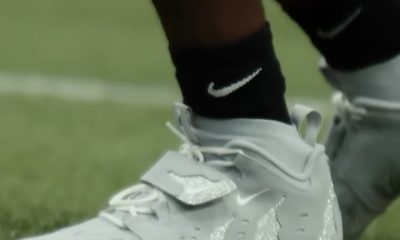
 Fashion2 weeks ago
Fashion2 weeks agoThis is poetry in motion.
-
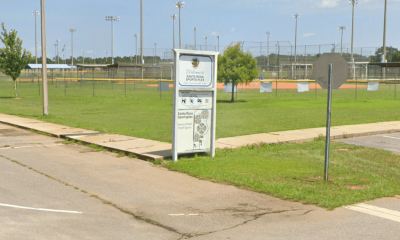
 Rec Sports2 weeks ago
Rec Sports2 weeks agoDeputies investigating incident that caused panic at Pace youth sports complex
-

 High School Sports2 weeks ago
High School Sports2 weeks agoAppling County football to forfeit all 10 wins from 2024
-
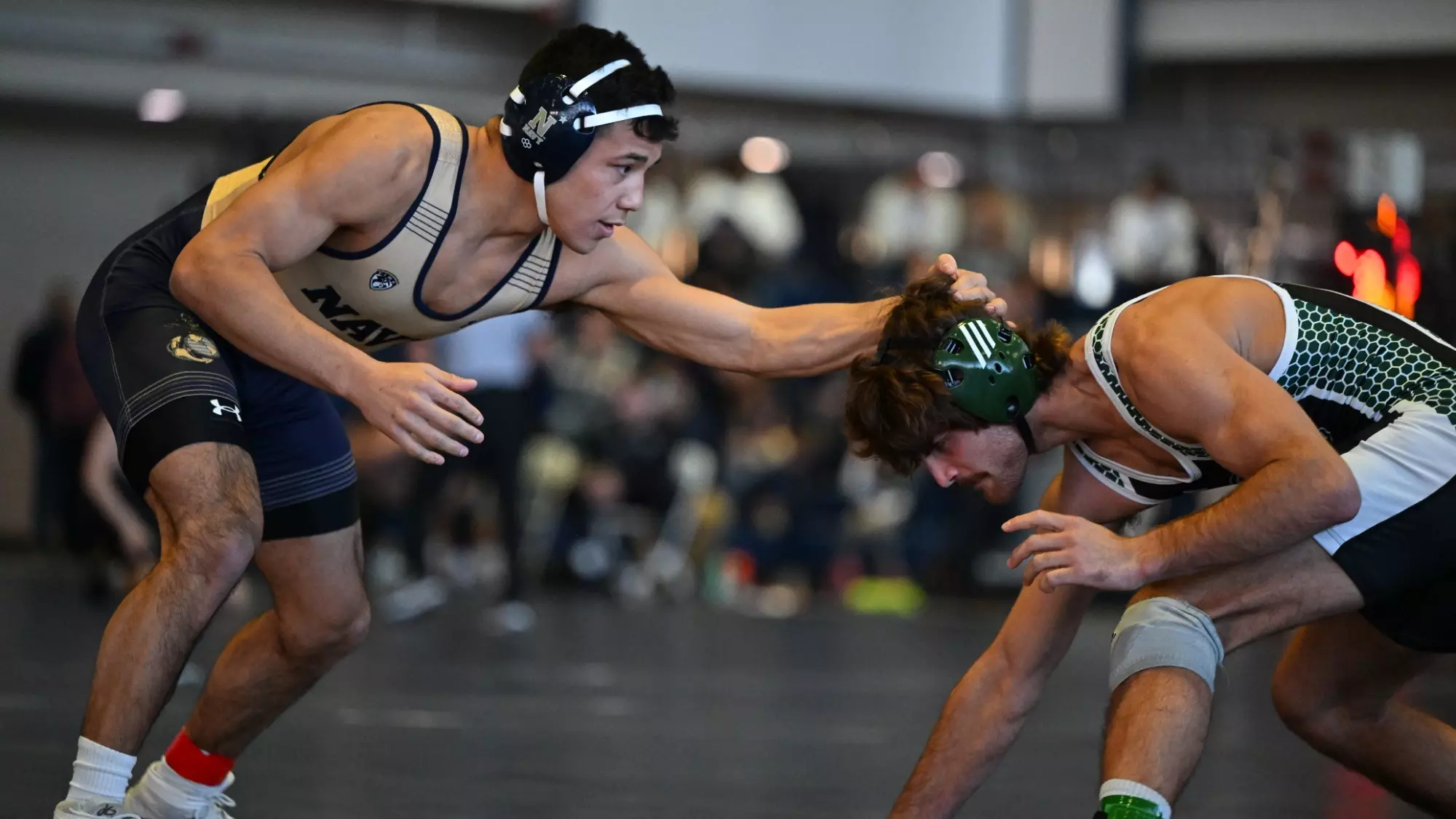
 College Sports2 weeks ago
College Sports2 weeks agoLehigh wrestlers prepare for wrestling U.S. Open
-

 NIL2 weeks ago
NIL2 weeks agoSave Like a Pro: NIL money isn’t free cash—taxes take a bite! Set aside part of …
-
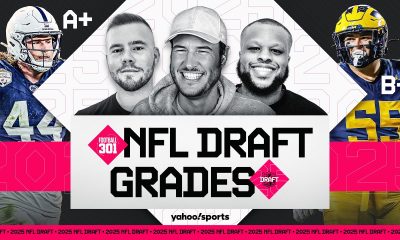
 Sports2 weeks ago
Sports2 weeks agoHow to watch Yahoo Sports' NFL Draft Live show
-

 Fashion3 weeks ago
Fashion3 weeks agoWatch Saudi Arabian GP free live stream
-
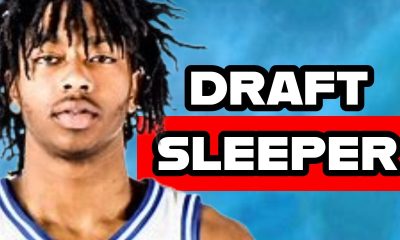
 College Sports1 week ago
College Sports1 week agoDuke basketball's Isaiah Evans on 2025 NBA Draft early entry list
-

 Fashion2 weeks ago
Fashion2 weeks agohas always dreamed in Mercurial. Now his initials are on the boots. The new Kyl…
-

 Fashion4 days ago
Fashion4 days agoHow to watch Avalanche vs. Stars Game 7 FREE stream today

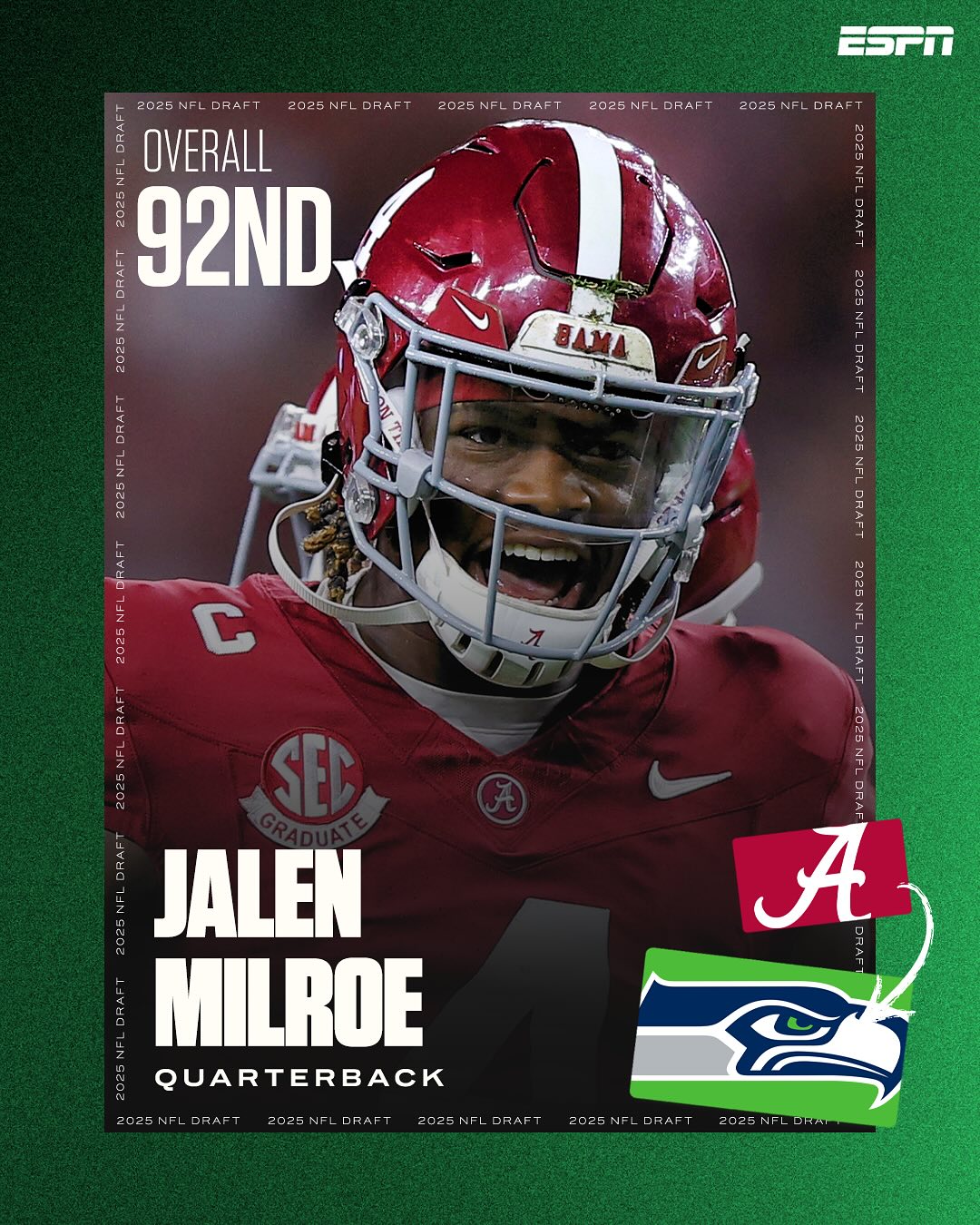








 (
(  : @JoeyGallo24 / X)
: @JoeyGallo24 / X)








